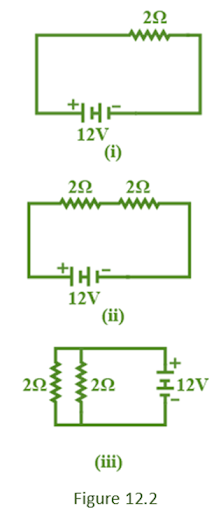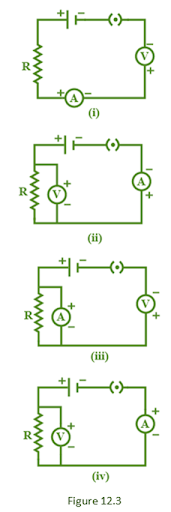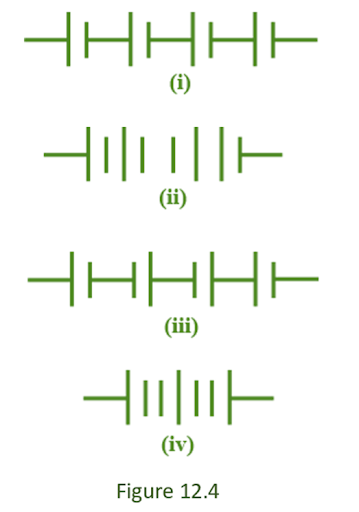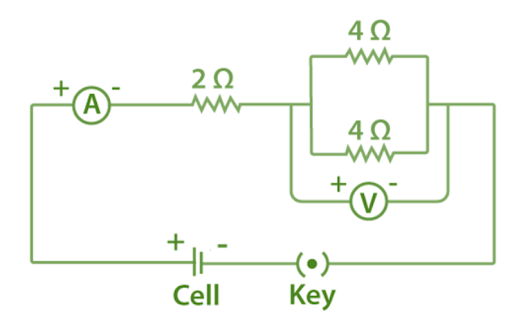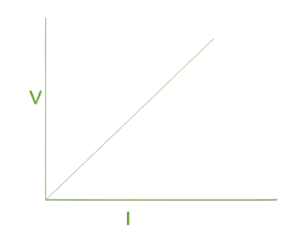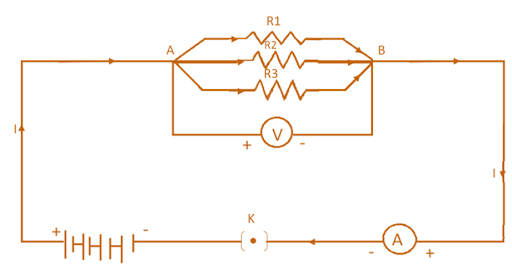NCERT Exemplar for Class 10 Science - Electricity - Free PDF Download
FAQs on NCERT Exemplar for Class 10 Science Chapter 12 - Electricity (Book Solutions)
Vedantu’s Chapter 8 of NCERT Exemplar Solutions for Class 10 Science covers some topics. They are listed below:
Introduction to electricity
Current
The potential difference – Definition of volt and voltmeter
Ohm’s law – Ohm and resistance
Factors on which the resistance of the conductor depends – Resistivity
Resistors in series – Total/resultant/ overall and voltage across each resistor
Resistors in parallel
The advantage of parallel combination over the series combination
Heating effect of an electric circuit – Joule’s law of the heating effect of electric current, electric fuse, electric power.
Experiment to test Joule's law of heating:
- The first step is to take a water heating immersion rod and connect it to a socket that is connected to the regulator. It Is important to remember that a regulator controls the current flowing through that device.
- Put the regulator pointer at zero and count the time taken by the immersion rod to heat a certain amount of water. and note down the water quantity.
- Slightly start Increasing the pointer of the regulator to the next level from zero.
- Again Count the time taken by the immersion rod to heat the same amount of water.
- Repeat the above step for higher levels on the regulator to count the time till it is proven.
3. How is Vedantu's NCERT Exemplar Solutions for Class 10 Science Chapter 12 the best study material for the students?

























